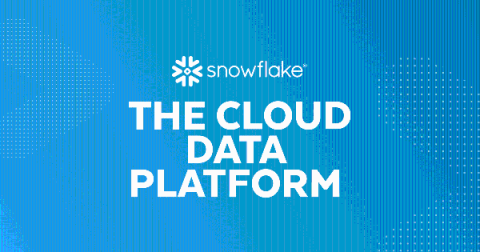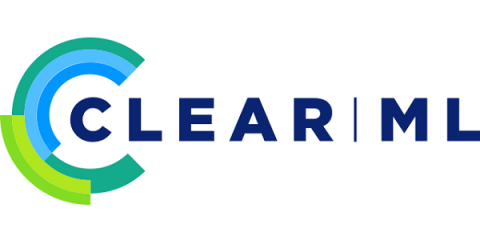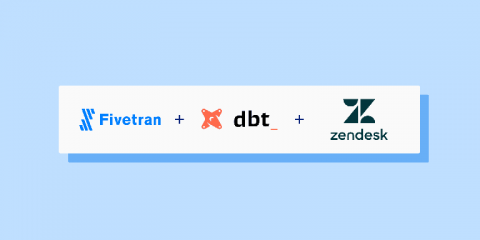Systems | Development | Analytics | API | Testing
Blog
38 Digital Marketing Software Tools Top Agencies Recommend
Kong for Kubernetes 0.10 Released With Ingress v1 Resource, Improved Ingress Class Handling, and More!
Kong for Kubernetes is a Kubernetes Ingress Controller and a full-fledged edge-router which can route traffic to any destination of your choice. In addition to Ingress management, it provides enhanced security and management capabilities. With Kong, you can use Kubernetes not just for running your workloads but also for securing and monitoring connectivity between your workloads – all managed via Kubernetes manifests .
Rails Concerns: To Concern Or Not To Concern
If you’ve ever used Ruby on Rails, you’ve probably come across the concept of concerns. Whenever you jumpstart a new Rails project, you get a directory app/controllers/concerns and app/models/concerns. But what are concerns? And why do people from the Rails community sometimes talk badly about them?
Executing SQL Joins in REST APIs Using DreamFactory
The Snowflake IPO - What does it mean?
Today, Snowflake began life as a publicly traded company on the New York Stock Exchange. What does it mean? It depends on who you are. For employees, this is of course a huge milestone, especially for the longest serving employees who hired on at the company in 2013 when the company first started staffing beyond its core founding team.
How Neural Guard Built its X-Ray & CT Scanning AI Production Pipeline - Customer Story
Neural Guard produces automated threat detection solutions powered by AI for the security screening market. With the expansion of global trends like urbanization, aviation, mass transportation, and global trade, the associated security and commercial challenges have become ever more crucial.
Announcing the Fivetran dbt Package for Zendesk Support
Refine customer success data modeling with more detailed ticket tracking
The 10 Best WordPress SEO Plugins for Improving Your On-Page SEO
Find Where N+1 Database Queries Affect Your Application
One of the Scout’s key features is its ability to quickly highlight N+1 queries in your application that you might not have been aware of, and then show you the exact line of code that you need to look at in order to fix it. In this video, we will use a Ruby on Rails application as an example, but the same concepts apply to other popular web frameworks.











